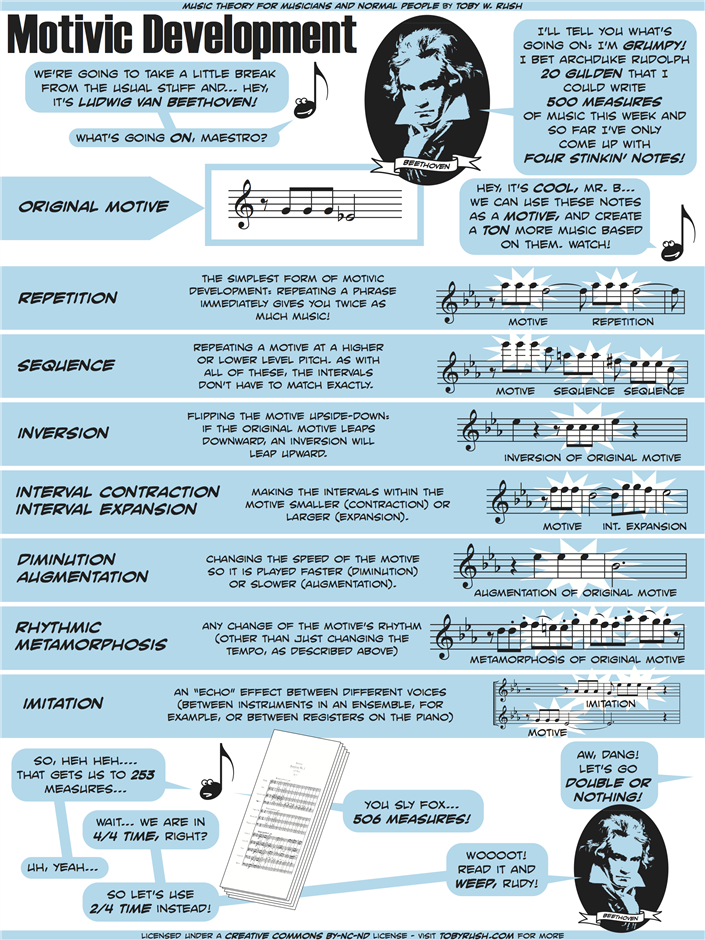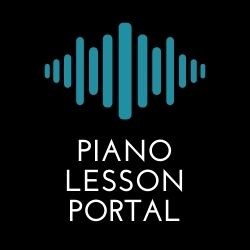.jpg)
Talking about my new album and unpacking the much mused over and often elusive creative process
Monday, February 1, 2021 by Nathan Seiler | Creative process, workflow, discipline, routine, motific development, composition
In this, my first blog post, I will talk about the creative process and give insight to budding composers into some techniques and tools that they can try for themselves. In my blog, I always aim to create as much value as possible for the reader with a rich array of links to resources for further exploration and edification. I hope you will enjoy!
The 5th studio album in my 'Pianoscapes by Nathan Seiler' series is available February 3rd, which gives me pause to reflect on the creative process
-1.png) baby lullabies for the whole family
baby lullabies for the whole family
Click here to play on Spotify & Apple Music
My intention for this album was to compose pieces that would be soothing to babies at bedtime, but also be able to be enjoyed by adults. The result is a 20 track album of miniatures, waltzes and vignettes that take the listener on gentle little journeys.
My Creative Process is something I would like to speak to. Many of my listeners ask me questions about how I go about composing. This is a concept that has always fascinated me, both philosophically and in application. I have lots of different approaches when creating and certainly don't use any one method or workflow. For example, on the forthcoming baby lullabies album, I employed a number of methods.
I will talk about these, but first, I will say that there is one thing that remained the same throughout the composition of this album- self-discipline. I set myself the goal to compose and record this album in the space of a month (and am happy to say I achieved my goal!) An essential element in achieving my goal is that I set arbitrary limitations on myself. In a nutshell, my morning routine goes something like this- 5am morning walk and bike ride whilst listening to podcasts, home by 6:30, quick stretch, coffee and then 7am-8:30 I am in my studio composing. (becoming a morning person is something new for me, having spent much of my life as a night owl)
"This is non-negotiable. The decision has been made. It is not about whether I 'feel like' doing it, because I am committed."
The interesting thing that happens, is that even when I am not 'in the mood' for composing, once I sit down and start, within a minute or two, cognitively, my brain has already set about the task and I am immersed in the task. Another non-negotiable that I set for myself is that I will write at-least one piece to completion during this composing session. More often than not, this is the outcome, and sometimes I get two or more pieces out, or perhaps one finished piece and some other sketched ideas. So in this fashion, I was able to write and record the album in under a month, through setting these restrictions on myself. Paradoxically, by limiting myself, I became more free to be creative.
“Telling yourself you have all the time in the world, all the colours in the palette, that just kills creativity.”- Jack White
On one of my recent morning rides, I was listening to Seinfeld being interviewed on The Tim Ferris Show where (I am paraphrasing) he spoke about the importance of structure when creating. He was speaking to his daughter who said that she wanted to write. He asked her how long she was planning on writing for, and when she said, "All day . . ." he was aghast, and replied saying something like that's just crazy. You need to decide on a finite amount of time to write, and when you come to the end, put your pencil down, and go do something else. Of-course, during the designated writing time, that must be the sole activity and focus. It's important to not be distracted- no phones, social media or internet.
Seinfeld is not the only one to make these sorts of realisations, indeed there are many creatives that notice the same patterns. Australian author John Birmingham (He Died With A Felafel In His Hand) writes in his book "How To Be A Writer" along the same lines; on establishing unerring discipline to become productive, meet deadlines, overcome writer's block, workflow etc.
Although Birmingham's book is about writing rather than music, the archetypal concepts of the creative process are very applicable to music composition and practice and any creative endeavour for that matter.
My Creative Process
In composing baby lullabies for the whole family I used a number of approaches. In each case, I would first set and hold an intention to establish the purpose for the music before commencing each writing session.
One approach was simply sitting down at the piano to improvise and try to catch a feeling and vibe. Importantly, I will always record these on my phone to capture all of the ideas. I can remember countless times in the past where I would accidentally come upon the spark of inspiration, but when trying to remember what I had just played, it had already evaporated back into the aether from whence it came. So- recording every session is now a given. Recommendation- always record yourself when writing so that everything is captured!
Another approach I use is to compose in a traditional sense- to come up with a motif (the smallest recognisable 'chunk' of melody and/or rhythmic fingerprint for a piece. Think of the first 4 notes of Beethoven's 5th- Da da da . . . DUM . . .) and then develop the motif using a well established compositional method called motific (or motivic) development. Some such examples of this technique are things like repetition, sequence, inversion . . . Toby Rush has kindly illustrated these techniques and more <here>
 Licensed under a creative commons by-nc-nd license- visit tobyrush.com for more
Licensed under a creative commons by-nc-nd license- visit tobyrush.com for more
Toby also has created a large collection of free music theory fundamentals, beautifully presented as downloadeable pdf posters under creative commons licence. They can be downloaded separately or the whole set as a single pdf download.
Thanks Toby!
When composing using this method, I like to sit at the piano and write on music manuscript by hand. Sometimes I will alternatively score using software. I have been using Sibelius for over 20 years. It is a popular choice for professionals and is a full featured music scoring and publishing tool. For students, there is a free version called Sibelius First to help get things started.
Alternatively, Musescore is a free, fully featured scoring program with some very clever and innovate features, including an online community of users uploading their own scores and arrangements of original compositions and well known pieces also.
When I compose using a traditional notation method, I then need to practice, refine, rehearse and record the piece. For recording, my tool of choice is Logic Pro (Available only on Apple Computers) For PC users, there are some great options such as Cubase, Ableton Live, and a more affordable option, but no less capable, is Reaper.
When recording piano, there are many things to consider such as what pianos and acoustic spaces are available and how these will be recorded in terms of equipment- microphones, preamps etc. It is not always an option to record on real pianos as there are costs involved in hiring studio space, equipment and personnel. Alternatively, many composers including myself will opt to use 'virtual piano' software of meticulously sampled pianos. There are some wonderful libraries out there that achieve remarkable and realistic results. I will talk more about virtual pianos in a future blog.
In terms of creative process, so far I have mentioned composing and recording. Once the piece is recorded, there are now other considerations such as arrangement, production, mixing & mastering. These are all processes in and of themselves! Each element and process has a different part to play in what is a symbiotic whole (gestalt). Each one of these elements is worthy of investigation in it's own right, with established methodologies and a plethora of technical and artistic questions.
I am equally fascinated by the interplay between the 'left/right brain' in the creative process. On the one hand, there are the logical, mathematical, technical skills etc., and on the other; there are the emotional, expressive, creative, intuitive and artistic elements.
There are many rabbit holes to go down and I will be exploring these and more in my future blog posts. I hope you enjoyed this one and let me know if you have any questions or things you would like to discuss. In so doing, we are all contributing to an ever growing discourse.
Nathan Seiler 🎹🙏


